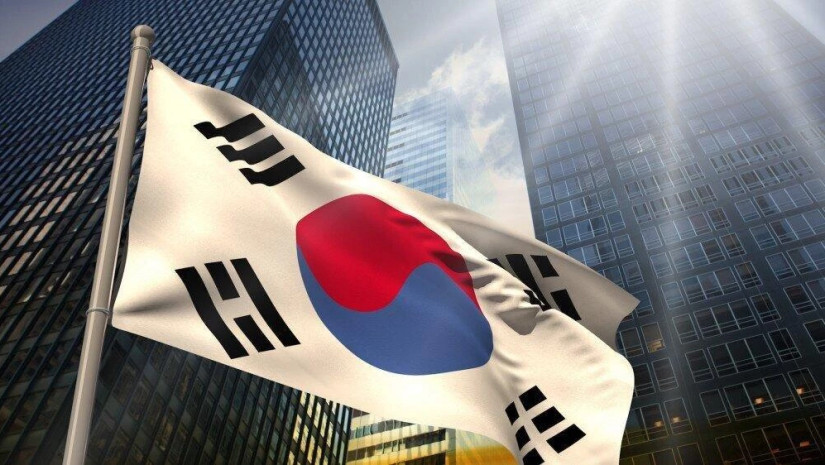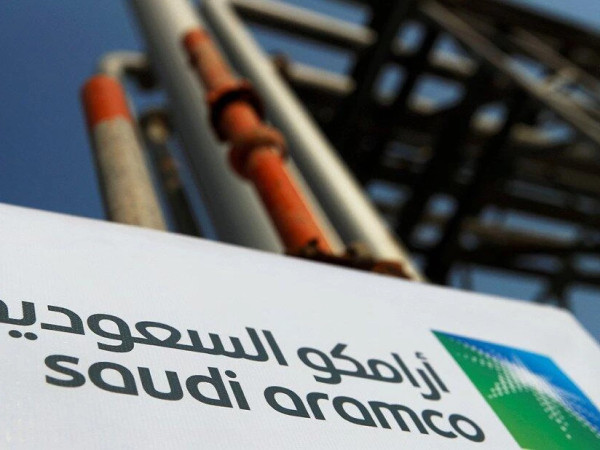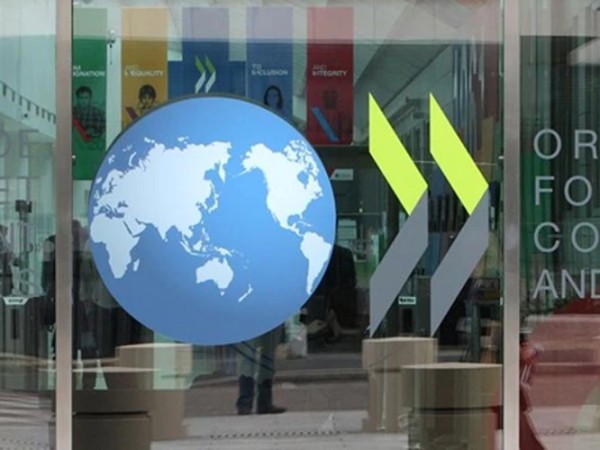South Korea is the 10th largest economy in the world and increasingly the global leader in the industries of the future including creative industries and cultural exports.
Half a century ago, South Korea was one of the poorest countries on the planet, and nobody would have predicted that it would conjure up an economic miracle. In 1960, the country’s per capita gross domestic product (GDP) was $158 slightly less than Ghana’s. Next year, South Korea’s GDP per head in PPP terms is forecast to stand at $44,530. Today greater Seoul is one of the largest agglomerations on the planet. If you do not count city-states, Korea is the 3rd most densely populated country in the world.
North and South Korea combined have a combined population of close to 75 million people, which means should they ever unify the nation would be almost as big as Germany. South Korea on its own would be the 5th largest, was it a member of the European Union.
North and South Korea combined have a combined population of close to 75 million people, which means should they ever unify the nation would be almost as big as Germany. South Korea on its own would be the 5th largest, was it a member of the European Union.
In the investment world, South Korea is often used as an indicator of future developments in the global economy because its industrial composition simply puts it ahead of the curve. Due to this, some investors were pricing in a certain degree of "excess risk" in South Korean equities valuation.
South Korean macro indicators are often used in global composite leading indicator models (because of Korea's very cyclical industries such as autos and semiconductors).
This year, South Korea’s stock exchange operator Korea Exchange (KRX) became the fifth-biggest exchange-traded fund (ETF) market in the world.
At the end of last year, Korea Exchange had 2,409 listed companies with a combined market capitalization of KRW 2,314 trillion (USD 2.1 trillion).
KRX ranking fifth following the New York Stock Exchange, Nasdaq, Shanghai Stock Exchange, and Chicago Board Options Exchange. KRX’s ETF transactions accounted for 1.6 percent of the global ETF trade volume. The growth has been driven by the increase in popularity of thematic ETFs that invest in future-promising industries including cloud, electric vehicles, secondary batteries, and bio.
Already in 2015, the Korea Exchange joined the United Nations Sustainable Stock Exchanges initiative under the guidance of Korean-born United Nations Secretary-General Ban Ki-moon.
South Korea accounts for 12.8% of the MSCI Emerging Markets Index, second to China at 40.7%.
Historically, some global investors referred to South Korea as the republic of Samsung.
Today, Samsung is a massively diversified and powerful company accounting for approximately 15% of Korea’s total GDP. Samsung has helped put Korea on the world stage and made it a prosperous economy and growing awareness that these companies are Korean.
As of October 2021, Samsung Electronics has a market cap of $388.92 Billion. This makes Samsung the world's 17th most valuable company by market cap.
Only 3o years ago, however some global consumers thought of Samsung, LG formerly Lucky-Goldstar, and Hyundai motors though to be Japanese and the Korean companies did not make a great effort to correct the impression for the simple reason that they did not wish their brands to be dragged down by association with the motherland.
Since 1995 South Korea’s Samsung electronics share price has outperformed Sony Japan’s stock price by + 3.169%. according to Bloomberg data, Samsung rose +3467% versus SONY +297%.
Family-run conglomerates still touch almost every aspect of life in South Korea. But there are signs of change: for the first time since Forbes released the inaugural Korea richest list in 2005, a self-made entrepreneur, Seo Jung-jin, holds the No. 1 spot. Four others on the top ten are also self-made. These self-made fortunes are emerging from new economy sectors such as e-commerce, entertainment, and gaming.
Post covid recovery is being fueled in part by rising global demand for South Korean products, which boosted exports to near-record value in March. The government also plans to invest 114 trillion won ($103 billion) over the next five years to digitalize the nation and transition to an eco-friendly economy.
When I started out in the investment business in the mid-1990s, emerging markets were still often viewed as the “dark corners” of the global economy.
Ironically, MSCI still classifies South Korea as an emerging market, although it’s a world leader in the tech industries and boasts a vibrant democracy that has handled the coronavirus pandemic better than many western nations. The broad EM label seems to have reached the stage where the term might be more of an obstacle, rather than an inspiration for a wise investment.
According to the journal of portfolio management, fund managers and investors making portfolio allocation decisions have historically considered emerging market equities as a separate asset class. More recently, a number of economic, legal, accounting, and financial developments have eroded the root differences between emerging and developed country financial markets.
South Korean equities classified as EM have suffered a so-called “ Korea discount,” the amount by which intuitional investors undervalue Korean stocks. Two of the main reasons for this are the tensions between North and South Korea, and corporate governance.
This equity premium discount rate can be seen in how Korean stocks have consistently maintained low price-earnings ratios. South Korea was perceived to have certain long-term investment risks that need to be addressed and compensated for. However, the Korean discount has significantly eased in recent years.
K-pop and media content increasingly are new Korean equity market drivers/narratives. The size of Korea’s content industry is small relative to the vast industrial manufacturing sector but has been growing steadily. Content exports totaled $10.8 billion last year, roughly one-tenth of chips -- Korea’s main cash cow -- but already earning more than some other key export items such as household appliances and cosmetics. The value of Korea’s entertainment exports, which include publishing, games, music, movies, and TV shows, rose 6.3% last year even as overall shipments of goods fell 5.4% due to the pandemic. Even consumer products related to the so-called Korean wave, such as cosmetics, clothes, and food items, rose 5.5% last year, according to a report by the Korea Foundation for International Cultural Exchange.
South Korea's macroeconomic backdrop is positive. The full-year GDP forecast stands at 4% this year and 3% for 2022 followed by 2.5% for 2023.
While near-term risks remain in global supply chains and logistics, the South Korean won is probably undervalued against the US dollar at about 1,200 levels, while the country's exports remain strong, and Korean equity forecast earnings growth rates are high. South Korea Earnings Volatility is expected to Decrease next year.
South Korean stocks have suffered from a short-term negative shift as the Kospi index is down -8% year-to-date.
A negative sentiment most probably will not hold for too long.
South Korean equities are very important to monitor in terms of gauging where global equities are headed next, whether the global economy is stabilizing or still slowing.
As a sign of confidence in the strength in the underlying economy, The South Korean central bank BOK (Bank of Korea) indicated the next interest hike would come in November after it chose to pause in October.
Rainer Michael Preiss serves as Portfolio Strategist at Golden Equator Wealth Singapore.















